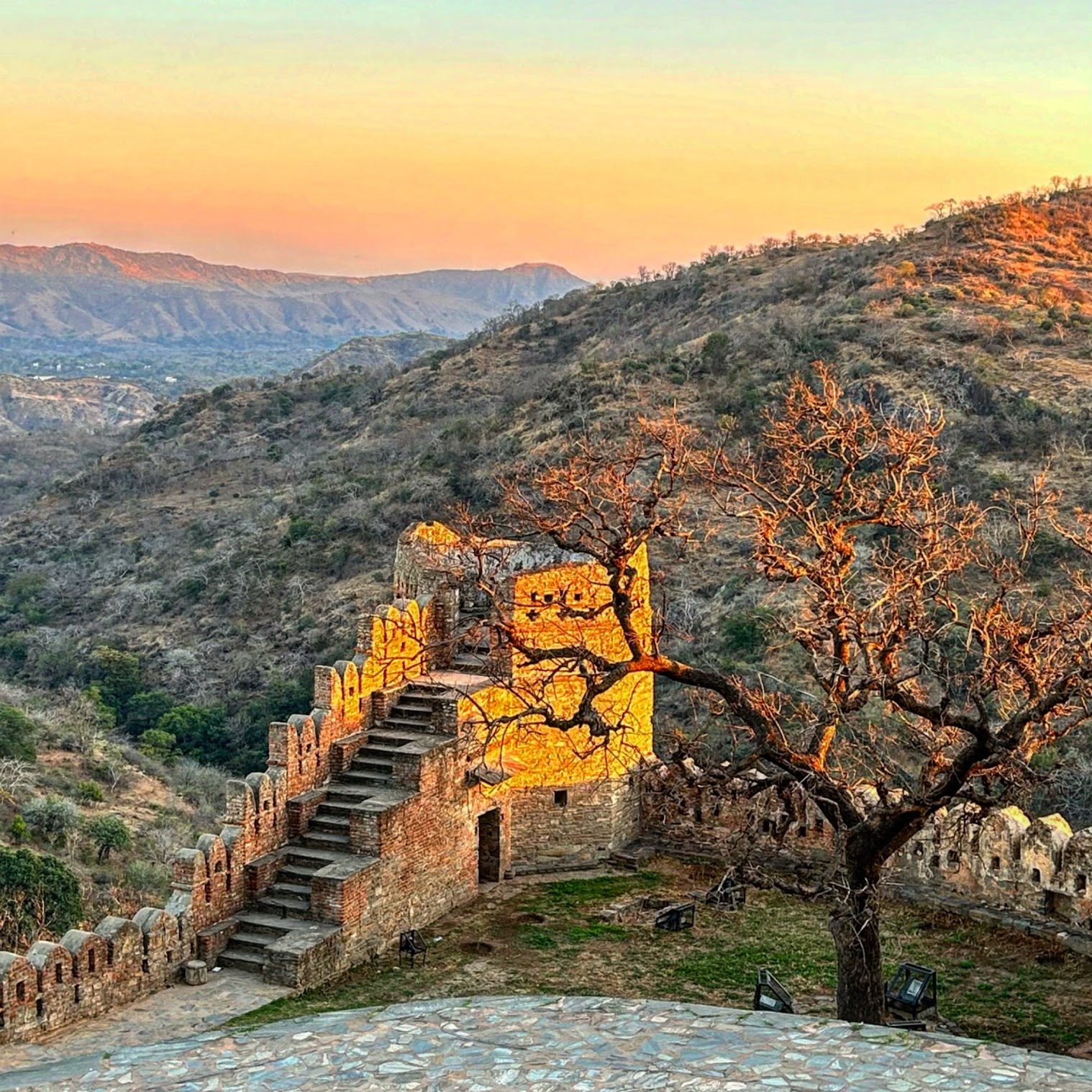
Kumbhalgarh Fort Wall – World’s 2nd Longest after the Great Wall of China
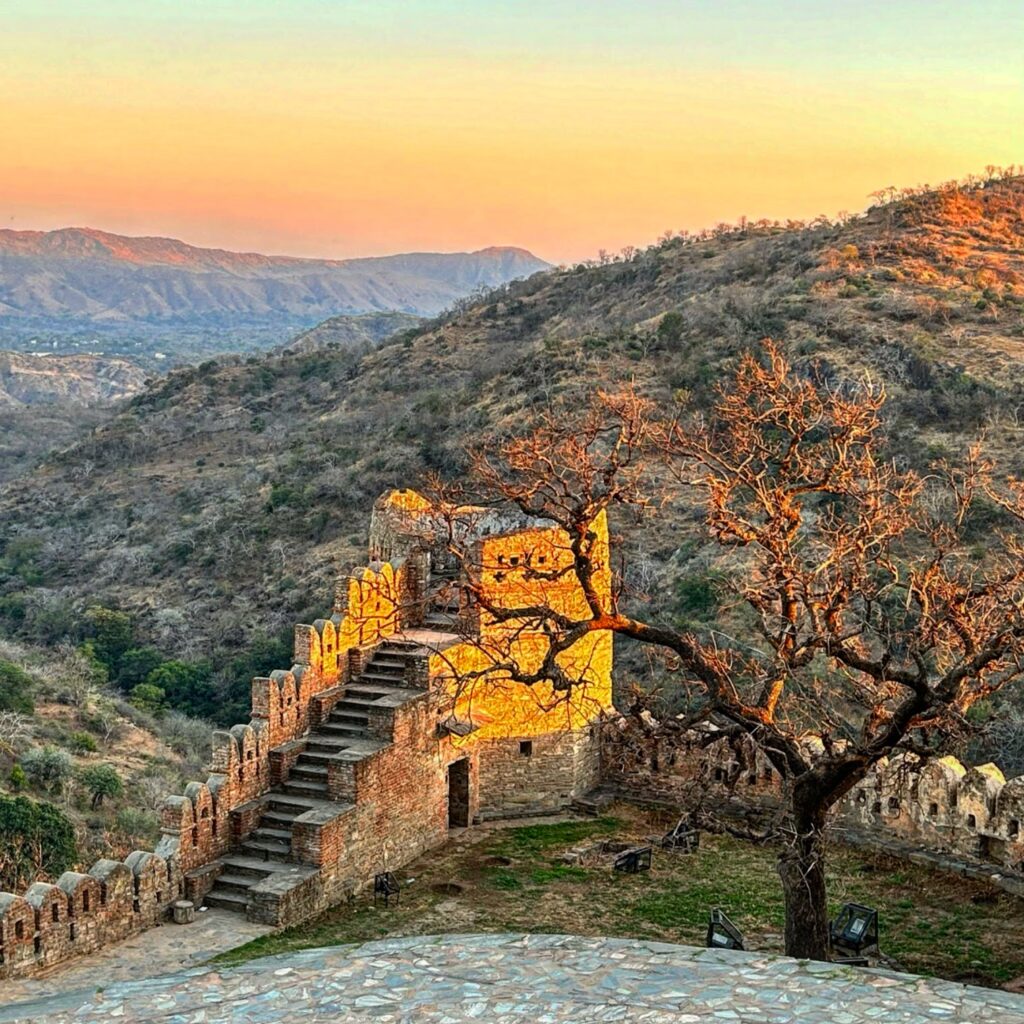
Getting there:
Nearest Airport is Udaipur and you can drive down to Kumbhalgarh. The highway connecting would offer your beautiful views of the Aravali ranges.
Ideal time to Visit:
October to February is the best time. Evening can get cold. Summers can be very harsh to visit the fort during the day.
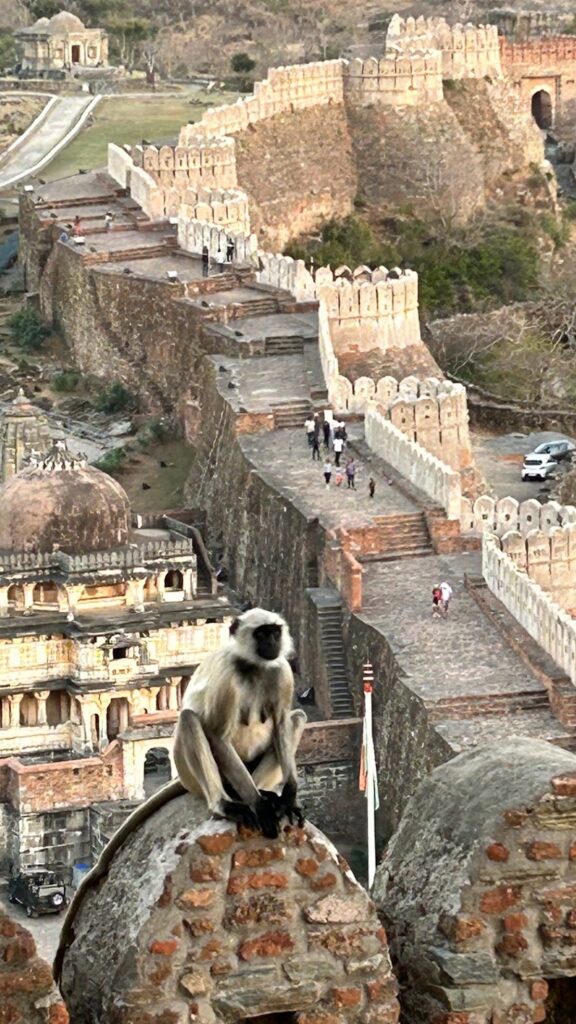
While Udaipur may draw millions of visitors, the Mewar region holds a treasure trove of lesser-traveled gems. Among my curated collection of off-the-beaten-path destinations, I present Kumbhalgarh Fort this time. Beyond the enchanting landscapes of the region, the very architecture of this fort is bound to leave you in awe. And, of course, the rich history and captivating tales woven into the fabric of this stronghold are sure to captivate your imagination.
Situated 84 kilometers to the north of Udaipur, nestled within the wilderness, Kumbhalgarh emerges as the second most significant citadel in the Mewar region, following in the footsteps of Chittorgarh. Cradled amidst the rugged Aravali Ranges, this formidable fort, dating back to the 15th century AD and attributed to Rana Kumbha, holds an aura of impregnability, owing to its remote and challenging terrain.
Throughout history, Kumbhalgarh served as a haven for the rulers of Mewar during times of turmoil. Notably, it played a pivotal role in sheltering the young King Udai of Mewar when Banbir, after dethroning Vikramaditya, posed a threat to the kingdom. Moreover, Kumbhalgarh holds profound sentimental value as the birthplace of the legendary king, Maharana Pratap of Mewar.
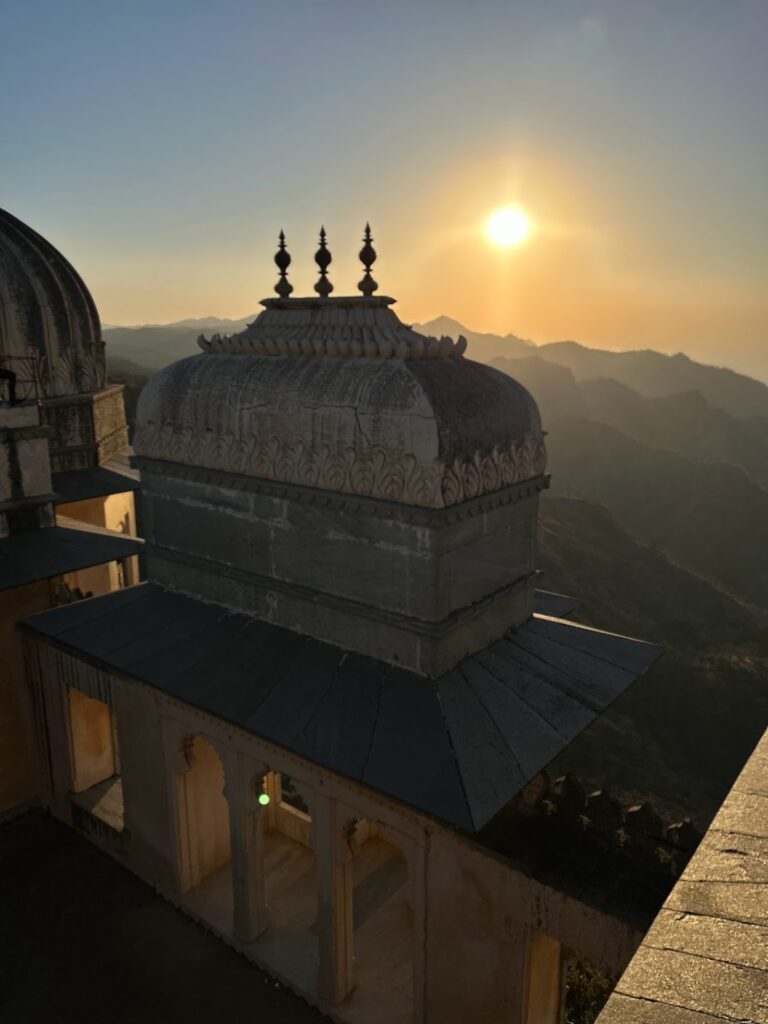
This formidable fortress boasts self-sufficiency to endure prolonged sieges, with only one breach in its defenses, which occurred when the combined forces of the Mughal and Amber faced scarcity of drinking water. Beyond its historical significance, Kumbhalgarh offers an awe-inspiring array of temples, with the Badal Mahal, or the “Palace of the Clouds,” standing out as a picturesque gem.
As you explore the massive fort, you’re rewarded with a breathtaking bird’s-eye view of the surrounding landscapes. The extensive fortifications stretch over 36 kilometers, with a width ample enough for eight horses to march abreast. In the 19th century, Maharana Fateh Singh undertook the significant task of renovating the fort, breathing new life into its ancient walls.
Within the fort’s sprawling compound, fascinating ruins await your exploration, offering an educational journey through the annals of history. A leisurely walk around Kumbhalgarh reveals not only the fort’s historical depth but also the captivating beauty of its rugged surroundings.
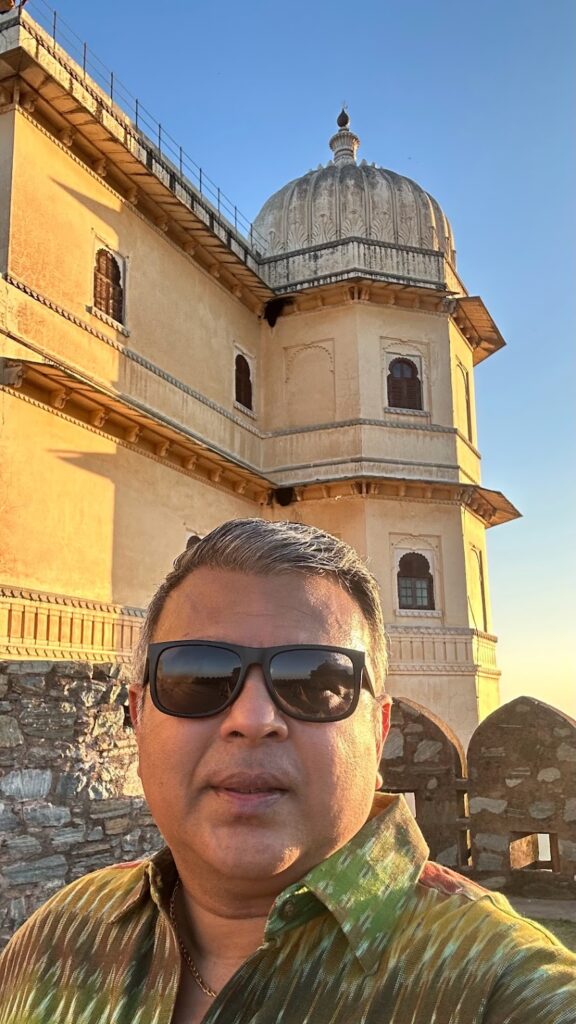
The Kumbhalgarh fort, built on the Aravalli hills and strategically located amidst 13 elevated mountain peaks, is surrounded by the Kumbhalgarh Wildlife Sanctuary. The protective lining of hills and the deep forest cover made the fortress both inaccessible and invisible to the eye of invaders. Best enjoyed during sunsets.
So next time you are planning a trip to Udaipur, add Kumbhalgarh Fort to your itinerary – it’s worth spending a night here. Do visit the Ranakpur Temple. I loved the terrain and I revisited this part of Rajasthan after twenty five years.
